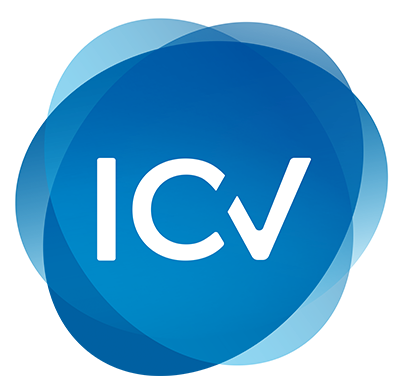Controlling in start-ups and start-up initiatives
The main focus of the Think Tank in 2018 and 2019:
Controlling in start-ups and start-up initiatives
Controlling elements are essential for start-ups in every phase of corporate development. Due to serious structural differences, the transfer of classic controlling approaches is only possible to a limited extent. This ICV guide combines basic know-how and best practice examples and thus supports the selection and use of suitable tools.
- Special features of start-ups and start-up initiatives
- Development of controlling tasks in the life cycle
- Best practice examples from Signavio, FlixBus, TRUMPF and Bosch.
- Controlling instruments from founding a business to establishing it on the market

Start-ups differ significantly from established companies, especially with regard to their structures, organizational forms, flexibility, resources and decision-making speed. The same applies to start-up initiatives as innovation drivers in large companies. Due to these serious structural differences, a transfer of classic controlling approaches is only possible to a limited extent. However, controlling elements are indispensable in every phase of the company's development. That is why the Think Tank of the International Association of Controllers (ICV) developed this guide in collaboration with the EBS University for Business and Law and well-known authors from science and practice.
The aim of this guide is to support controllers and managers in the selection of suitable tools. It answers the following questions:
- What exactly are start-ups and start-up initiatives and what categories or types are to be distinguished?
- How does the controlling in start-ups, especially tasks, tools, key figures and roles, change over the life cycle?
- How are start-up programs and internal and external start-up participations managed individually and holistically within larger corporate groups?
With the help of small to large start-ups or even grow-ups as well as successful start-up initiatives (e.g. incubators, accelerators, CVCs and hubs), the success factors and obstacles are clearly illustrated.
This combination of basic know-how and individual best practice examples facilitates the transfer of the requirements in your own growth initiatives.
You can buy the Dream Car Report 2018/2019 here.
